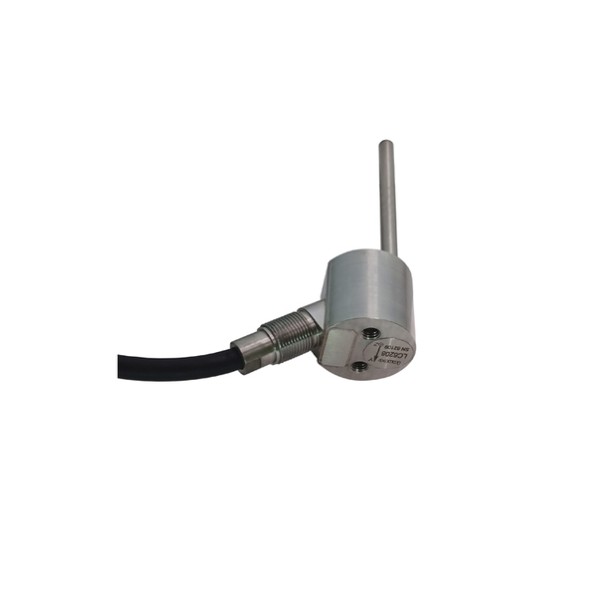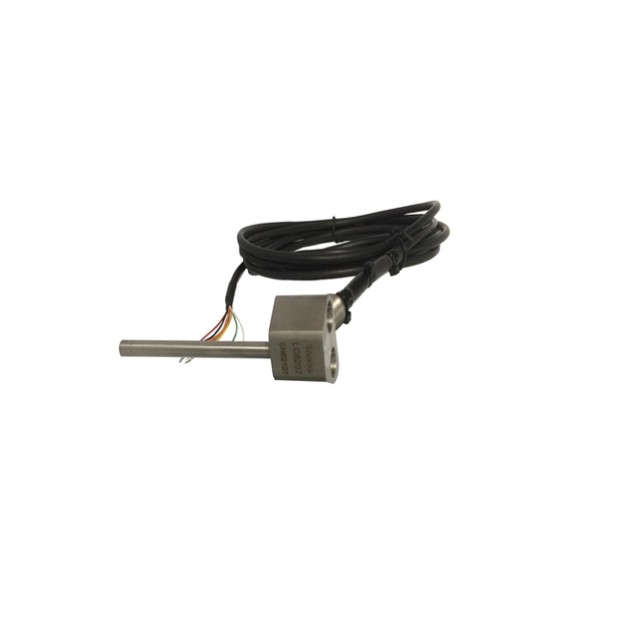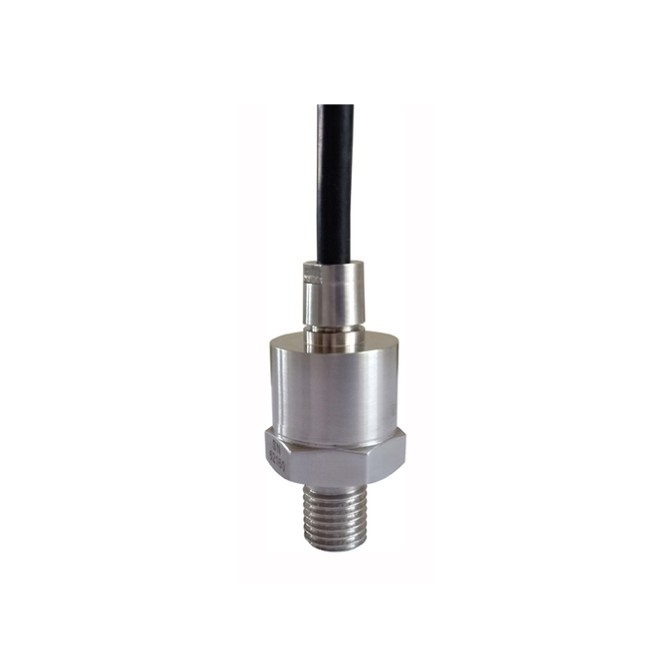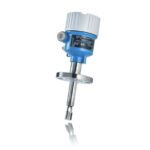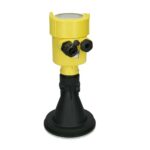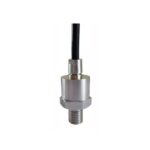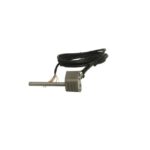In recent years, radar level meters have been widely promoted and applied in the chemical industry due to their advantages, such as small dead zones in level measurement, high accuracy in continuous measurement, minimal influence from medium characteristics, large measurement range, strong resistance to high temperature and high pressure, and non-contact measurement. However, because the measured objects are complex and subjected to extreme conditions such as high temperature, high pressure, high corrosion, foam, agitation, and steam, radar level meters frequently encounter faults, leading to a high maintenance workload and significant impact on production processes. Therefore, understanding common radar level meter faults and their solutions is crucial.
1. Check Power Supply
If a radar level meter shows extremely slow changes after the liquid level reaches a certain value, the first step is to check whether the power supply is functioning correctly. During routine maintenance, staff should carefully inspect the power supply to ensure there is normal output after power is turned on. If the liquid level changes slowly or not at all, check whether the fuse has blown. If there is no current output, the instrument itself may be faulty and should be repaired or replaced accordingly. Additionally, improving the management of installation and commissioning can help prevent inaccurate parameter settings from affecting production. Routine maintenance should include periodic shutdown inspections to ensure the proper operation of the radar level meter.
2. Check Communication Equipment
If communication equipment malfunctions, use radar debugging software to read the radar’s configuration data and monitor the radar sensor’s status. The main checks include verifying whether the radar sensor can accurately differentiate between real and false echoes and whether the reflected signal strength meets the predefined standard. If no issues are found in these tests, check other electronic components. If the radar level meter’s communication unit is found to be faulty, replace the necessary components to restore normal communication. Routine maintenance should also include checking the radar level meter’s communication status using radar debugging software to diagnose and maintain the communication system.
3. Operating Temperature
To ensure accurate measurements, the internal temperature of the radar level meter should be kept below 50°C. Since radar level meters are commonly used to measure high-temperature media, their casings are typically made of heat-resistant materials, preventing internal temperatures from exceeding 50°C under normal conditions. However, if internal electronic components exceed this threshold, avoid using ice water for cooling, as it may cause the radar level meter to fail completely. Instead, a small amount of air can be blown into the radar sensor head using a copper tube to safely lower the internal temperature.
4. Inaccurate Display Readings
Inaccurate display readings are a common issue with radar level meters. Possible causes include improper initial contrast settings or incorrect connections of the display module’s plug-ins. To prevent this, staff should check the initial settings and display module connections. If both are correct but the display is still inaccurate, verify whether the output current is normal.
If the output current exceeds 22mA, the display module is likely faulty and needs replacement.
If the output current is below 3.5mA, the radar level meter’s electronic module may be malfunctioning and should be replaced promptly.
5. System Error Messages
Frequent system error messages on radar level meters are often caused by power supply interruptions before data storage is completed. To fix this, perform a verification reset and recalibrate the device. If the issue persists, replace the radar level meter’s electronic module.
6. Antenna Contamination or Crystallization
For minor contamination or crystallization, turn off the power and wear appropriate protective gear before cleaning. Carefully remove and tilt the radar device, then wipe off any dirt or crystal buildup with a cloth. Handle the antenna with care to prevent bending or damage. Avoid using metal tools to scrape the antenna, as this could damage its protective coating.
7. Diffuse Reflection
If the liquid level appears abnormally low or nonexistent, it may be due to structures such as supports or pipelines at the bottom of the tank or steam formation during processing, causing radar wave diffusion and leading to measurement errors. In such cases, the level reading should automatically restore once normal process conditions return. If caused by steam, the measurement should recover once the temperature normalizes.

